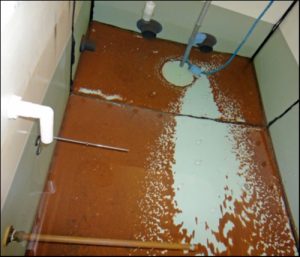In an ideal world mains water would reach the end user pure and free from particulates. It is in the best interest of UK water suppliers to do everything they can to facilitate this expectation but a number of factors, including the quality, age and condition of pipework, corrosion and external influences makes it virtually impossible to deliver particle free water 100% of the time. So what can we do to ensure the water that is used within a building is completely clean, even if it did not arrive in that condition?
There is a broad spectrum of need for water filtration in buildings. Indeed, practically any water system can benefit from some form of filtration, be it to remove substances that are brought in externally, or substances that have found their way into the water system from within the building. When considering the water treatment system design, building designers often detail the requirements of softening, ultraviolet treatment and specific mineral removal, and overlook basic filtration.
The most basic level of water treatment in any building is particulate filtration; a particulate filter protects the building from stray sediment or debris that is present in natural water supplies. Unlike other parts of Europe, it is not currently mandatory in the UK to install filtration systems in new constructions, but there are significant long term benefits for the building and the end user by doing so.
The following photograph was taken in a cold water storage tank at a nursing home, after just six months in operation. The tank itself is a near-white colour, and brown particulate has settled at the base. The area where the base of the tank is visible is due to the turbulence of water flow in and out of the tank.


